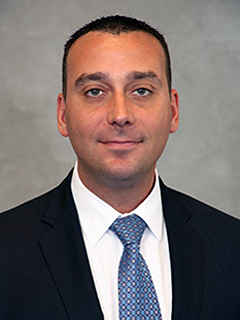In the fast-paced, complex environment of healthcare and life sciences, it’s crucial to not only drive performance, but minimize risk. Our team helps clients develop and grow strategies, manage transitions, adapt to regulations and understand performance-based analytics.
Insights for the Healthcare and Life Sciences Industry
Healthcare and life sciences continue to evolve in a multifaceted environment.
Our latest thinking related to Healthcare and Life Sciences
No results found.
CLIENT STORY
Preparing a sales organization for a high-growth spinoff
By transforming the client’s sales strategy and operations, KPMG made the difference in a medical technology carve-out

Our work made a meaningful impact because it was used in real time by the client. We developed an end-to-end strategy for business partner selection that goes from identifying the client’s desired qualities to operationalizing the onboarding process through a scoring model and templates. The strategy’s effectiveness enabled the company to rapidly begin conducting business through its expanded indirect channel.
Director, KPMG LLP Customer Advisory
Read moreDiscover more from the Healthcare and Life Sciences industry
Meet our team

Charles A. Jacco
Principal, Cyber Security, KPMG US

